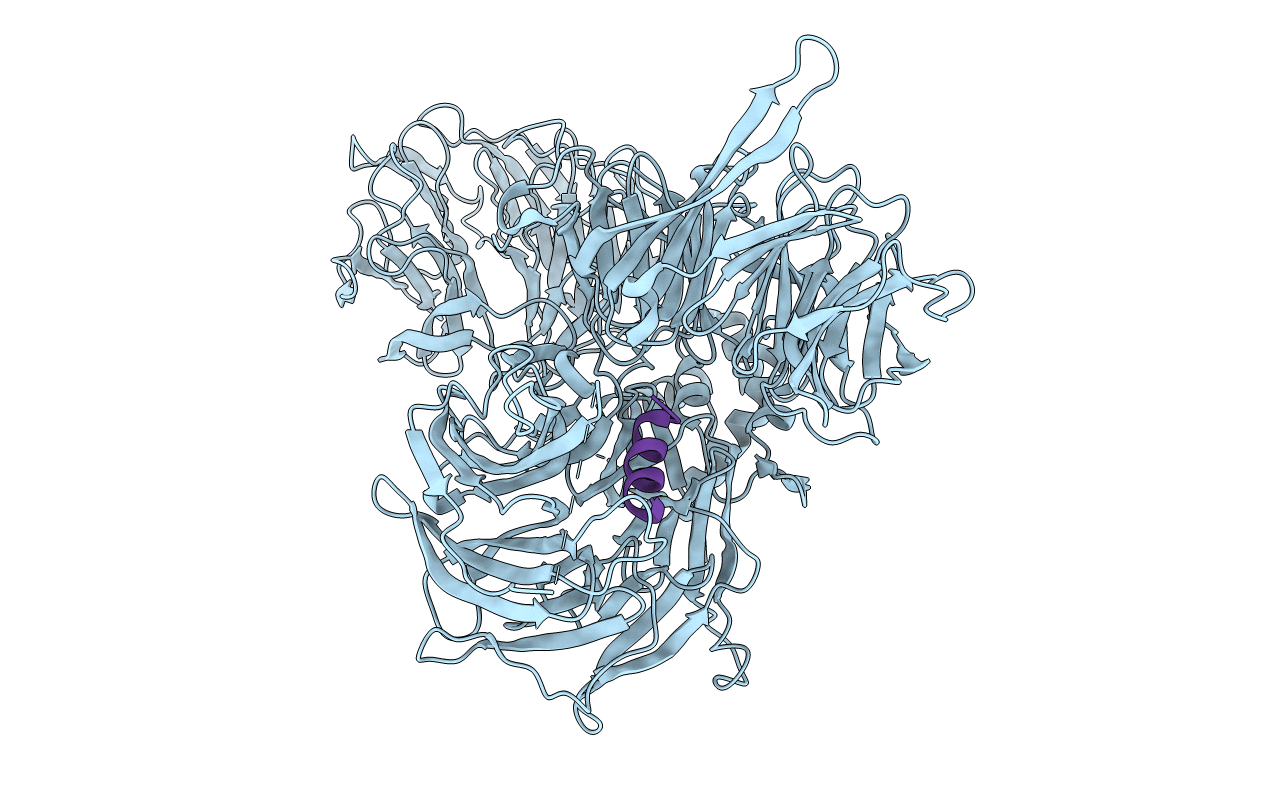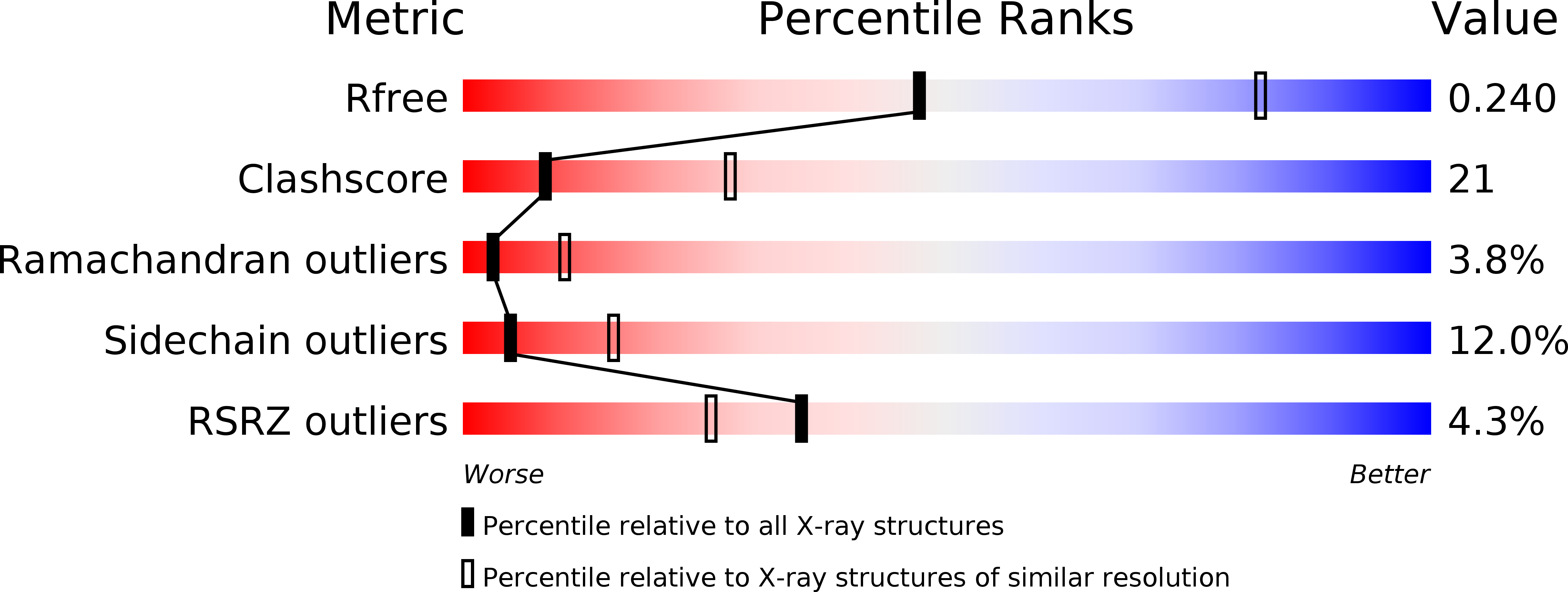
Deposition Date
2009-07-08
Release Date
2009-12-08
Last Version Date
2024-11-06
Entry Detail
PDB ID:
3I7K
Keywords:
Title:
Crystal Structure of DDB1 in Complex with the H-Box Motif of WHX
Biological Source:
Source Organism:
Homo sapiens (Taxon ID: 9606)
Woodchuck hepatitis B virus (Taxon ID: 10433)
Woodchuck hepatitis B virus (Taxon ID: 10433)
Host Organism:
Method Details:
Experimental Method:
Resolution:
2.80 Å
R-Value Free:
0.27
R-Value Work:
0.23
R-Value Observed:
0.23
Space Group:
P 21 21 21


